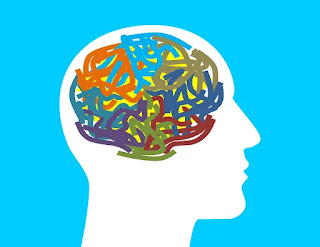By Raquel Daniels
GRANDcares Site Coordinator, Larimer County
Worry can be described as thoughts and emotions that lead to unease and
are negative or troublesome in nature. We all experience worry from time to
time, from little worries such as “did I leave the light on?” to larger worries
such as “is this car repair going to cost a lot?” With the current pandemic
facing the world, the worry that many people may be experiencing may include
worry about finances, health, and uncertainty about the future. Worry that may be experienced can generally fit into two
categories. Real problem worry involves problems that are affecting you right now and you can act on. There are also hypothetical worries that are the "what if..." worries. Below are some tips for thoughts of worry:
Remind yourself that thoughts are not facts. Thoughts
are just thoughts. Ask yourself is this thought helpful or unhelpful? Practice
replacing beliefs with more realistic outcomes.
What is reinforcing these thoughts of worry? For
example, watching Covid-19 updates every hour has the potential to increase
worry. Under what circumstances would these thoughts be reduced in intensity? Tuning
in to updates less frequently such as twice a day.
Focus on what is versus what if. When
the brain begins to think about cases of what if, these cases tend to snowball
into much larger worries. Think of a snowball starting at the top of a hill, as
soon as it begins to roll it becomes larger and larger. This tends to happen
with thoughts as well. These thoughts become magnified to extremes and the potential
worst-case scenarios. Ask yourself what is the realistic likelihood that things
will really go that badly?
What are you worrying about? Is this a real problem
worry that you can do something about? If yes, then take action. Is this a
hypothetical worry? Practice letting the worry go and focus on something you
can do right now.
If worrying still needs to happen, set a timer. Decide
when your time to worry will be and how long. During this time, perhaps 15
minutes, writing down hypothetical worries you may be experiencing or experienced
throughout the day.
Lastly, talk to someone. Telling someone your worries will
get them out of your head. When worries are said out loud, they are not as big or frightening as they were as thoughts.




